RUBBER PRODUCTS
Rubber products (rubber products) refer to activities that use natural and synthetic rubber as raw materials for the manufacture of rubber products and also include remanufactured rubber products. from waste rubber. The production of synthetic rubber has greatly exceeded that of natural rubber, in which styrene butadiene rubber is the largest.
characteristics
When the rubber product is molded, after high pressure compression, the adhesive force provided by the elastomer cannot be eliminated. When kneading and releasing often produces extremely unstable shrinkage (the shrinkage rate of rubber varies depending on the type of rubber.), It takes a while for it to be gentle and stable. Therefore, when starting to design a rubber product, regardless of formula or mold, it is necessary to carefully consider the fit. Otherwise, the product size is likely to be unstable and the product quality is low.
Rubber is a molten thermosetting elastomer, while plastics are molten and cold set. Due to different types of sulfides, the temperature range of rubber molding and curing is also quite different, even it can be affected by climate change as well as indoor temperature and humidity. Therefore, the production conditions of rubber products need to be adjusted appropriately from time to time. Otherwise, the quality of the products may vary.
Rubber products are compound rubbers produced from rubber raw materials after mixing in an internal mixer as raw materials. The formulation is designed according to the required rubber product characteristics during the rubber mixing process, and the required product hardness is determined. The product is made and molded by rubber sheet vulcanizing machine. After the product is formed, flashing treatment is carried out to make the surface of the product smooth and burr-free.
Rubber product aging test belongs to the category of aging test. Rubber aging is a phenomenon in which the structure and performance of rubber and its products are changed due to the comprehensive impact of internal and external factors during processing, storage and use. that loses its use value. It shows cracking, sticking, hard, soft, chalking, discoloration, mildew, etc.
2
development of
In 2011, the European debt crisis continued to spread, the international market reacted sensitively, the domestic macroeconomics deteriorated, and the rubber product industry, which was widely used and played an important role in the economy, continued to spread. The national economy is definitely affected. At the same time, 3 upstream natural rubber exporting countries have formed a strategic alliance to raise rubber prices, causing the rubber products industry to increase due to production costs to reduce output and stop production; The downstream auto manufacturing industry is facing the risk of policy control, while the macro control policies of the real estate industry have not been relaxed yet. Under the combined impact of many factors, the development speed of the rubber products manufacturing industry slowed down.
Production and operation situation of 10 key domestic and foreign tire companies in January 2013: tire output decreased by 0.53% over the previous month and increased by 32.22% over the same period last year. , in which production of radial tires increased by 44.28% over the same period. -five; export volume of tires and tubes increased by 30.55% over the same period last year; finished goods inventory value Decreased -7.46% y/y, off to a good start.
January data is better than the same period last year and the recovery trend of the industry is clear: In January this year, our country’s tire production increased sharply compared to the same period last year, the export situation improved significantly. say, the value of the finished product. for the first time negative growth. Since last year’s Spring Festival took place in January, there were very few productive days, resulting in a low base and a lot of growth. In recent months, the production of radial tires has basically maintained a growth rate of over 10%, the value of finished products continues to decrease, showing that the demand for tires in our country continues to improve and it’s time. must grow. up.
Products
Foam rubber is a porous elastomer material, commonly known as sponge rubber, sponge rubber or microporous rubber. It is a general term for perforated structural rubber. ASTMD1055 and ASTMD1056 identify and classify rubber sponges and dry rubber sponges, respectively, and develop conventional physical property measurement methods. The standard specifies that the pores of this type of porous material must cover the entire material. Depending on the structure of the perforation, it can be divided into closed voids (perforations do not communicate with each other) and open voids (perforations and holes do not communicate with each other by the hole wall). Completely separate, with a certain degree of association) and mixed pores (both open and closed pore structures). Accordingly, microporous rubber mainly includes two types of expanded rubber and foam rubber. Due to different usage habits, the meaning of the word “foam rubber” in domestic scientific and technological documents cannot distinguish the opening and closing mechanism of cells.
Classify
There are many types of foam rubber and methods

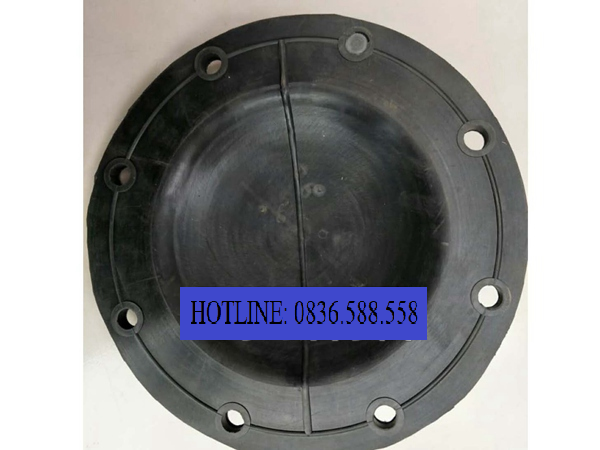
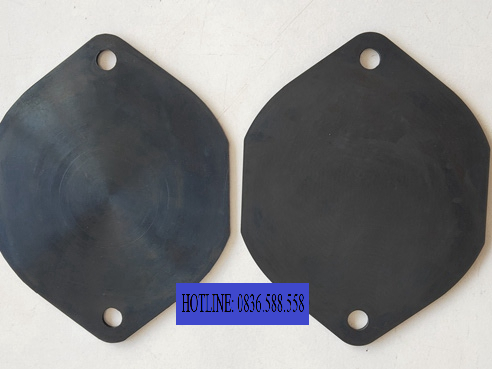
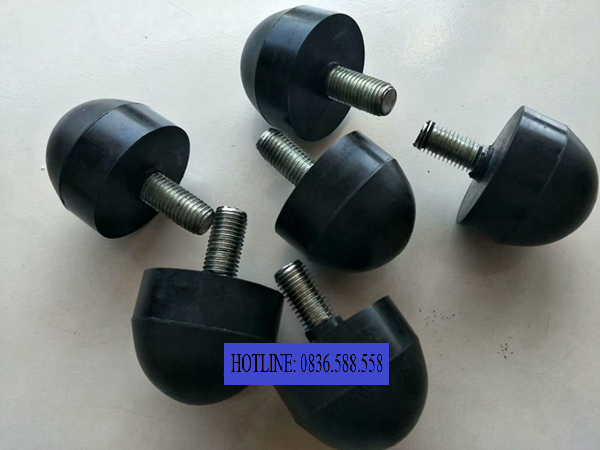
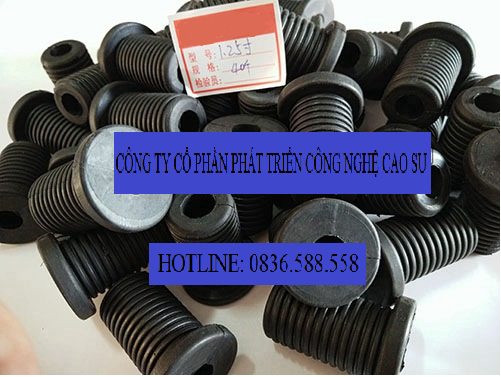
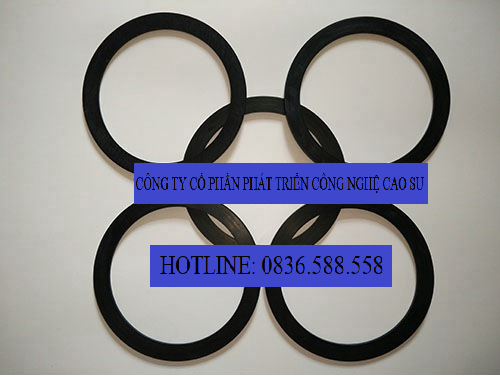
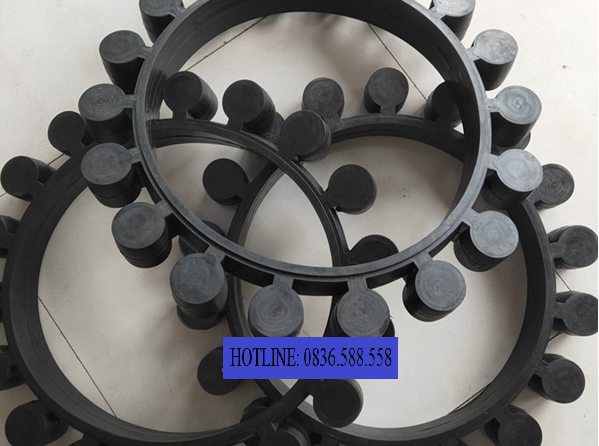

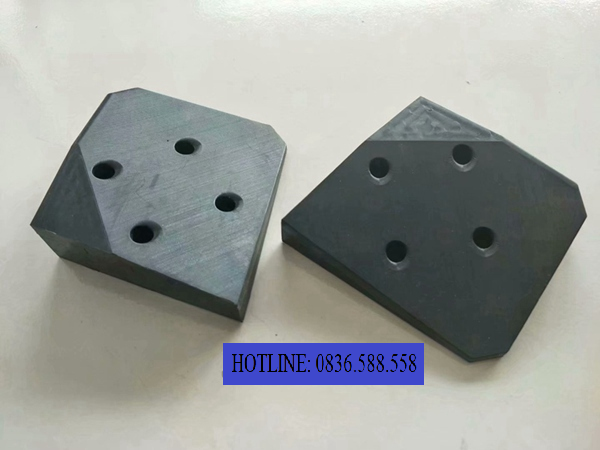
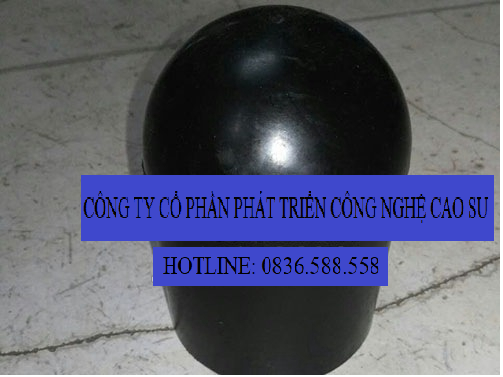
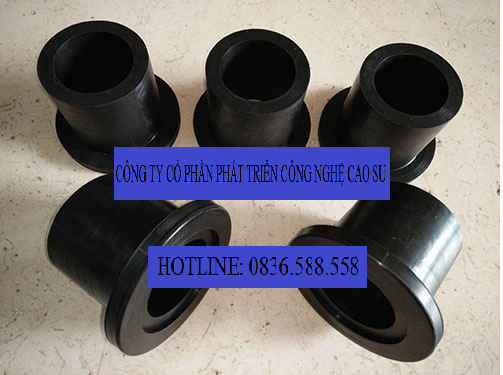
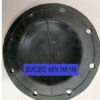

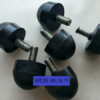
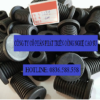
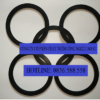
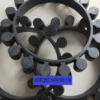
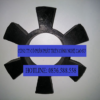
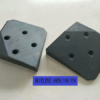
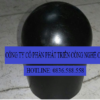
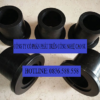

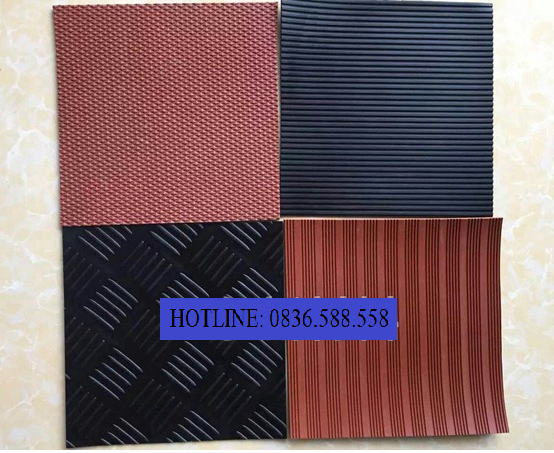

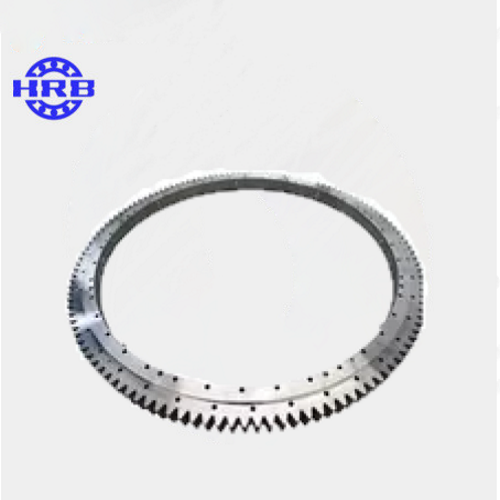
There are no reviews yet.